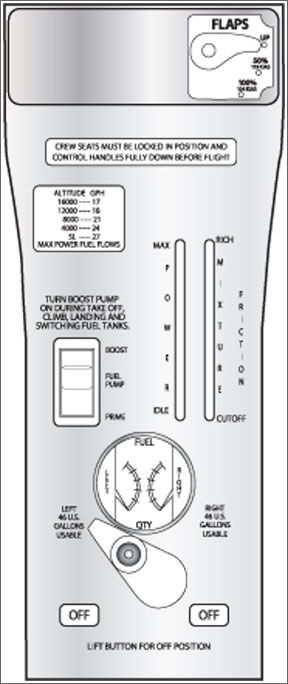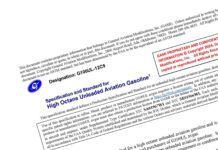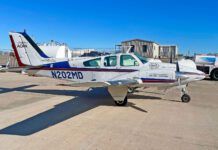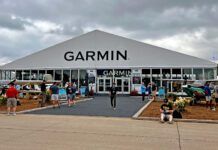Start with a heaped serving of ignorance, add equal measures of industrial inertia and mediocre engineering, add a dash of petulant, not-invented-here intransigence and you’ll have a lucid understanding of how the airplane industry looked at the mundane world of engine management 10 years ago. Or, more accurately, how it looked at engine leaning.
Five years before that, General Aviation Modifications, Inc. had begun marketing its calibrated fuel injectors to wide market acceptance. Along with that, came the old-
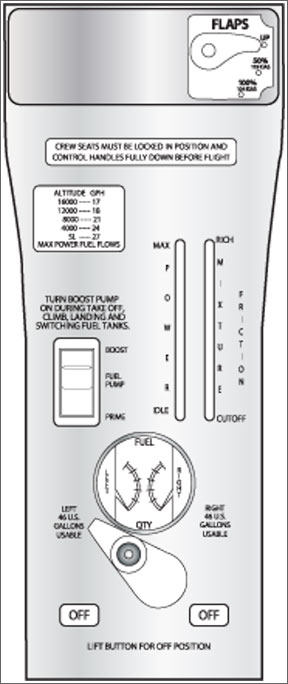
147
new idea of running engines lean of peak EGTs to save fuel and tame high CHTs. Reaction from the entrenched interests was harsh. you’ll fry the cylinders, said Lycoming. you’ll fry the valves, said mechanics. you’ll fry everything, said some engine shops.
What was needed was a controlled experiment whereby a fleet of airplanes running lean of peak could be carefully monitored. Yes, we know the orginal Piper Malibu specified lean of peak, too. But its engine service history was spotty, probably for reasons not related to leaning. When it introduced the SR22 TN in late 2006, Cirrus provided a better lab rat because every SR22 has sophisticated engine data monitoring. Here was an airplane whose POH required lean-of-peak operation. It was nothing if not a bold stroke.
Hows It Doing?
First, some background. When it engaged Tornado Alley Turbo to provide the SR22s turbonormalizing system, Cirrus followed its bent for going against the grain. It rejected Continentals turbo offering as being less pilot and market friendly and being just out of tune with the Cirrus philosophy. It also signed on to GAMI/TATs preference for lean-of-peak engine operation, a leap not so much of faith, but one of iconoclastic departure from how the industry does things. Few major aiframers have signed off on out-of-house powerplant projects that cut TCM and Lycoming out of the picture.
There’s nothing mealy mouthed about what the Cirrus TN POH requires. There’s a placard right on the panel giving leaning recommendations and restrictions. No specific lean-of-peak temperatures are provided, just fuel flows at certain desired power settings. For max power cruise, the POH calls for reducing from full-rich mixture to a fuel flow between 16 and 17.6 GPH, a value thats within a few tenths of what owners tell us they are seeing. For economy cruise, the POH recommends
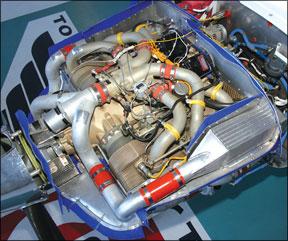
a MAP of 24 inches and fuel flows between 10 and 14.5 GPH. At either setting, according to the POH, cylinder head temps should remain below 380 degrees F.
If CHTs are substantially below that, the POH recommends tweaking the flow toward rich by a few tenths of a gallon to recover the speed that lean-of-peak always costs because the engine is making less horsepower. We don’t know how many owners are actually doing this or if theyre encountering the temperatures that allow them to consider it. The larger question is whether owners are actually running lean in the first place or adhering to the old ways of leaving the mixture safely off the rich stop and suffering the inefficiency.
Avidyne Snitch
There’s a way to tell, of course, and this is why we opined that the Cirrus TN would represent the perfect flying laboratory. The snitch here is the Avidyne E-max engine monitoring and trend data system installed in the Cirrus TN. In addition to giving the pilot superb graphical information on engine data and fuel flows, the E-max also datalogs up to 100 hours of flight time which can be easily offloaded onto a thumbdrive through a USB port. This data can then easily imported into an Excel spreadsheet for graphing and analysis by EGTreands, as shown above.
This means that we can look over the shoulder of the 600-plus owners of Cirrus SR22 TNs and see if they really are flying lean of peak. Were not privy to the volume of data being accumulated, but those who are tell us that owners appear to be adhering to the POH leaning instructions faithfully.
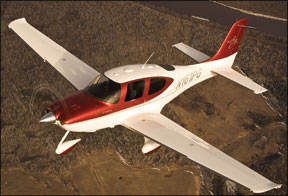
“From what Ive seen, there is 100 percent compliance on how to operate the turbonormalized Cirrus,” says George Braly, whose Tornado Alley Turbo supplies the system to Cirrus under an STC arrangement. “Every time there has been any kind of problem and we asked for a data download, we havent found a single owner who wasnt running the airplane lean of peak,” he adds.
Ian Bentley of Cirrus agrees, although he concedes that the company hasnt seen all the data from all of the TNs active in the fleet. “We had some concerns, initially, that owners wouldnt operate the airplanes as specified in the POH, but that hasnt been the case,” Bentley told us. As of mid-November 2008, Cirrus said there were 633 SR22 TNs with a fleet total time of about 115,000 hours-a substantial record.
And what about engine-related warranty claims? If lean-of-peak critics are to be believed, there ought to be high incidence or at least some incidence of cylinder damage, valve damage and other sins of operating too lean.
If this is the case, neither Cirrus nor Tornado Alley will fess up. Nor have we heard from owners. And we asked through a query in our sister publication, www.avweb.com. If lean-related damage or warranty issues were widespread, we think we would have heard at least some inkling of it.
Thats not to say the TN has been problem-free. Last summer, Cirrus, Tornado Alley and other manufacturers got dinged in a quality control issue related to out-of-balance turbines in turbochargers supplied by Kelly Aerospace. In one spectacular incident, a turbine departed the shaft (and the airplane) resulting in an emergency landing in Reno, Nevada. (The engine didnt actually quit, but lost power due to reduced boost.) The affected turbochargers were recalled and replaced.
There are no ADs on the turbonormalizer, but there are two mandatory service bulletins, one requiring a redesigned support rod and another an improved exhaust elbow. For the rod, Tornado Alley provided the parts, owners the labor, but only if
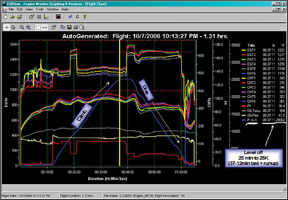
out of warranty. The elbow was similarly covered under warranty. (A third service bulletin amends inspection times and procedures for the TAT system.)
Braly told us that TAT has had difficulty with the Kelly Aerospace absolute controllers used in the system and one owner we heard from appears to have rejected delivery of the airplane partly because of this issue. Cirrus addressed this by giving the customer another airplane. MAP pressure sensors have also been troublesome.
Owner Reports
We queried a dozen owners of turbonormalized SR22s to see if there were latent maintenance or operational issues we might have missed. Nothing significant surfaced, other than a minor complaint or two about the airplane not related to the turbocharger system. One owner told us he liked the SR22, but had had numerous service issues with the Avidyne Entegra system and thought the airplanes doors were poorly designed.
It may seem that anyone who can buy a $600,000 airplane doesnt worry much about the price of fuel, but owners tell us otherwise. Said Patrick Flynn of Sun River, Oregon: “Both from a cost of fuel as we’ll as reduced eco-impact perspective, running LOP is important to me. Its hard to justify running twice the fuel burn when LOP gives me great performance.”
How about cooling and engine temps? “Occasionally, we get close to 380 degrees F, the suggested maximum CHT… and have to make adjustments,” Steve Sliwa told us. “Twice during climbouts, temps got over 400 degrees F and we had to take aggressive action to get back under 380 degrees. Note that the factory training has a unit to convince you to run ROP for climbs and LOP for cruise,” he says. None of the owners who contacted us had any complaints with lean of peak operations and we would characterize owners sentiments about the TN as overwhelmingly positive.
Conclusion
Our findings contain no surprises. Well, we’ll admit to one. We expected to find at least one or two owners who ham fisted the leaning procedure enough to tank a cylinder, even with the airplanes extraordinary instrumentation. If this has happened, nobody would admit to it.
Thus far, we think Cirruss bold experiment to introduce lean-run engines on a large scale has succeeded without qualifications or conditions. If you know anyone who still doubts lean of peak does indeed save fuel without crumping the engine in the process, refer them to the SR22 TN experience. we’ll continue watching this fleet, but thus far, we think it has proved the point.

